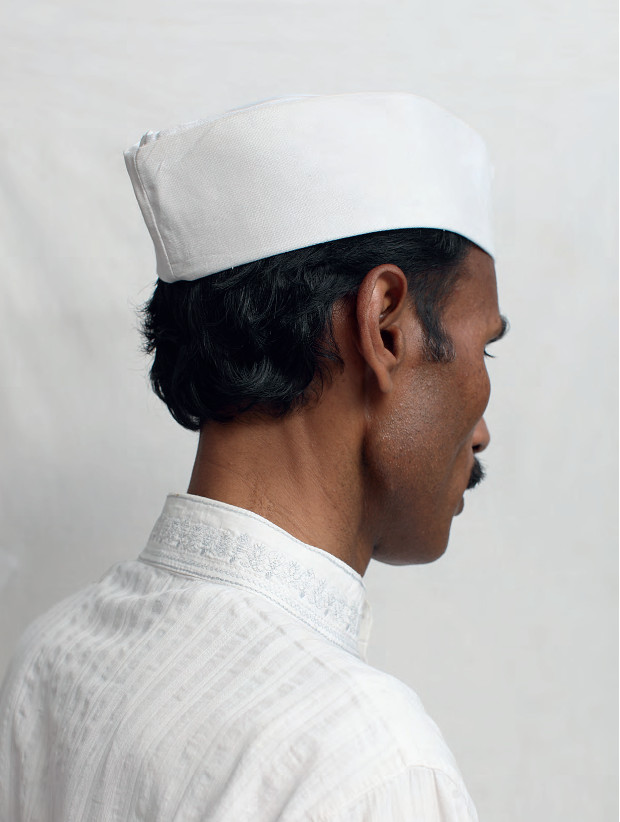
5 Indian garments with hidden meanings
From the Mughals to the Independence movement, the history of India has been captured in its clothing
Outsiders might see Indian culture as distinct and homogenous. Yet, as our new book Sar: The Essence of Indian Design makes clear, the country’s history – from its religions through to its wars, its ideals of beauty to its struggle for independence – means Indian culture is a fascinating patchwork, visible to those with sufficient understanding of the world’s second most populous nation. In Sar: The Essence of Indian Design, the artist and curator Swapnaa Tamhane and the designer Rashmi Varma pick out a key selection of objects that exemplify this. Here’s an edited highlight from the book’s Wearing or Pehenna section.
Gandhi topi (top) This topi or cap was initially a common man’s hat worn by Gujarati men that was adopted by Gandhi in the 1920s as part of his efforts to wear only Indian clothes. It became a symbol of the Swadeshi movement — a nationalist movement for Indian independence from British colonial rule. The adaptation of Indian garments was propagated as a sign of opposition to foreign-made clothes being sold to Indians. The Gandhi cap, similar to the foldable military side cap with a crease, has a hollow centre and is made of thick, khadi cotton, which is handspun and handwoven. The cap is still widely worn today in political circles and as part of the uniforms worn by, among others, the famous dabbawallahs (tiffin delivery men) of Mumbai.
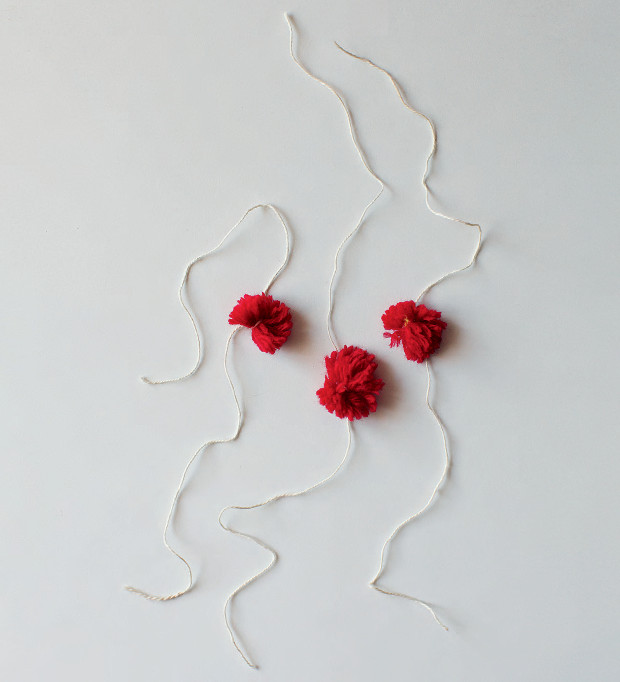
Rakhi bracelets Offering and tying a knotted string represents the creation of unity, a bond between two individuals. This simple innocuous thread, a rakhi, offers protection and derives from the Sanskrit word raksh, meaning ‘to guard’. During the traditional festival of Raksha Bandhan — held during the Hindu calendar month of Shravana in August and celebrated by most Indians of different religious affiliations — sisters tie a thread around the right-hand wrists of their brothers (both related and in spirit), seeking protection and symbolizing the love and duty they hold to one another. Threads are traditionally cotton or silk in a variety of colours, twisted and topped with a pompom or rosette-like decorative element.
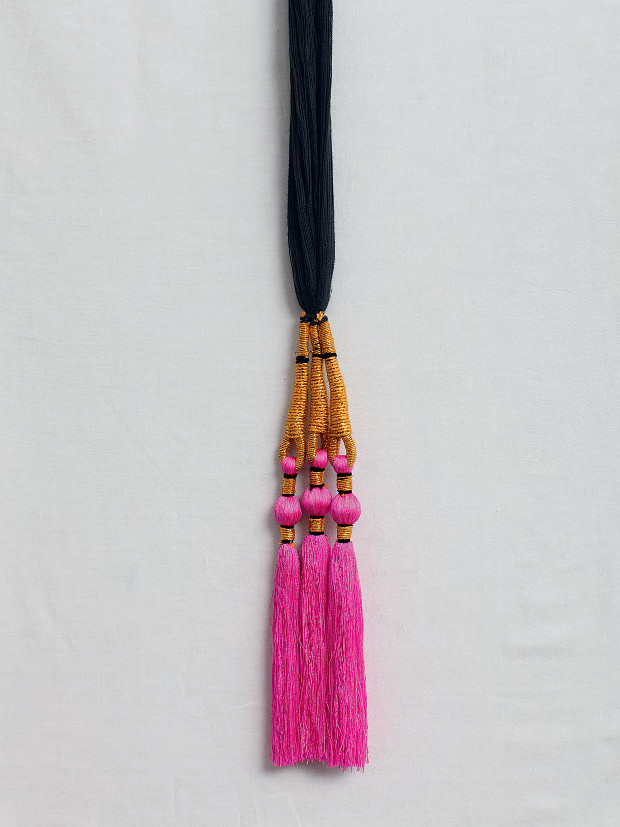
Paranda Thick, abundant hair being a sign of beauty for women, the paranda is a traditional extension and ornament that both thickens and decorates a plait. Made from cotton, silk, rayon or synthetic yarn, it is separated into three sections, each of which finishes with a tassel. As they are made in various colours, styles and weights, many dancers use the paranda to tie and keep their long hair in place. The tassels follow each motion, creating flashes of colour and emphasizing movement. The example shown here is worn by Punjabi women, on special occasions and on their wedding day. Similar plaits called chotia or balchoti are made in other regions of India by craftsmen that work only with yarn, thread or cord, for both religious and secular purposes.
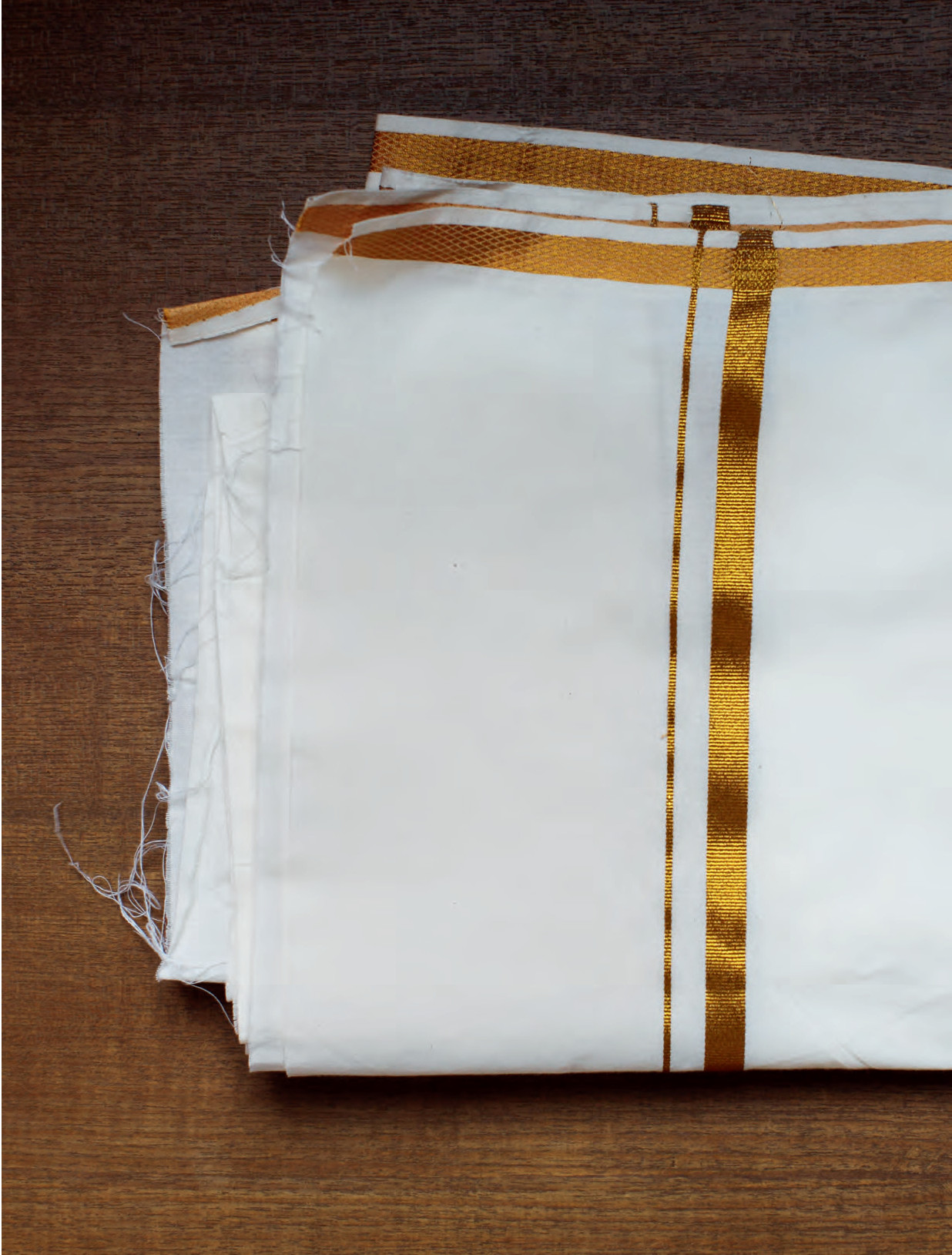
Dhoti Elegant and functional, the dhoti is worn by men throughout India. It is a draped lower garment that has existed since Vedic times. It is a single piece of unstitched rectangular cloth, between 2 m (6 1/2 ft) and 4.5 m (14 3 /4 ft) long and 1.25 m (4 ft) wide, that takes the form of a garment once the wearer drapes and folds it around his waist, takes it through his legs and tucks it into his waist at the back. Perfectly suited to Indian climates, the dhoti has many regional variations in terms of draping styles, colours and weaves. White or cream (unbleached) cotton is the most common fabric, followed by silk and synthetics, either hand or mill woven, often with a border in a contrasting colour along the selvedge and end width, such as the thick gold border seen here. During India’s struggle for independence the dhoti became a political symbol, displaying nationalistic pride and self-sufficiency in opposition to the wearing of European-style garments. Dhoti trousers, which have been adopted by the fashion industry for both men and women, are a variation of the traditional dhoti.
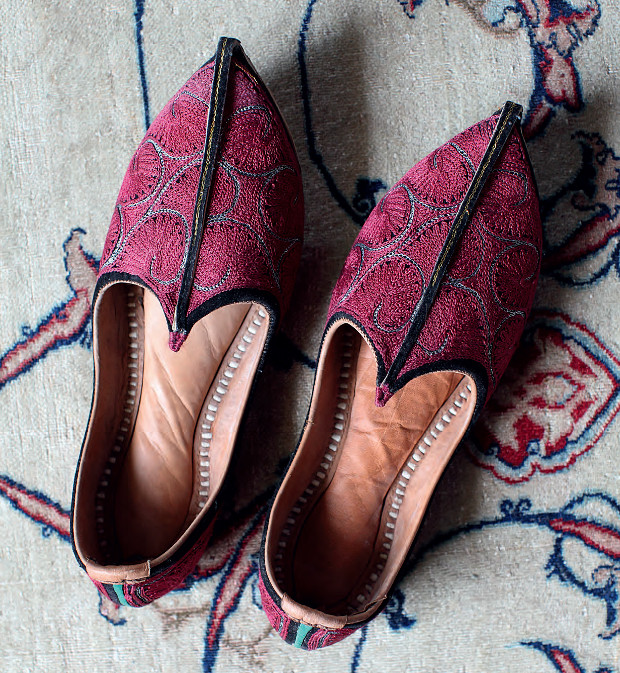
Mojari Introduced to India by the Mughals in the sixteenth century, the mojaris (closely related to jutis), traditionally with distinctly pointed toes and flat soles, have evolved into many styles, with production clusters throughout the country. Mochis — shoemakers of Jodhpur (a popular area for making mojaris) — use soft cow, goat, camel or buffalo leather for the uppers and hard leather for the sole, moulded round a three-piece wooden cast. Densely embroidered uppers in bright colours, made in threadwork, zari (metallic thread), wool and leather cutouts, are common, although plain, unembellished leather shoes are worn by Rajasthani farmers, for example. The soles are attached using a thick, white-cotton chain stitch and there is generally no distinction between the left and the right foot. In general, men carry out the leatherwork while women freestyle with the embroidery. Worn by both men and women, mojaris have become extremely popular in recent years, especially for weddings and occasion wear.
For more great design pictures and stories buy a copy of Sar: The Essence of Indian Design from the store now.